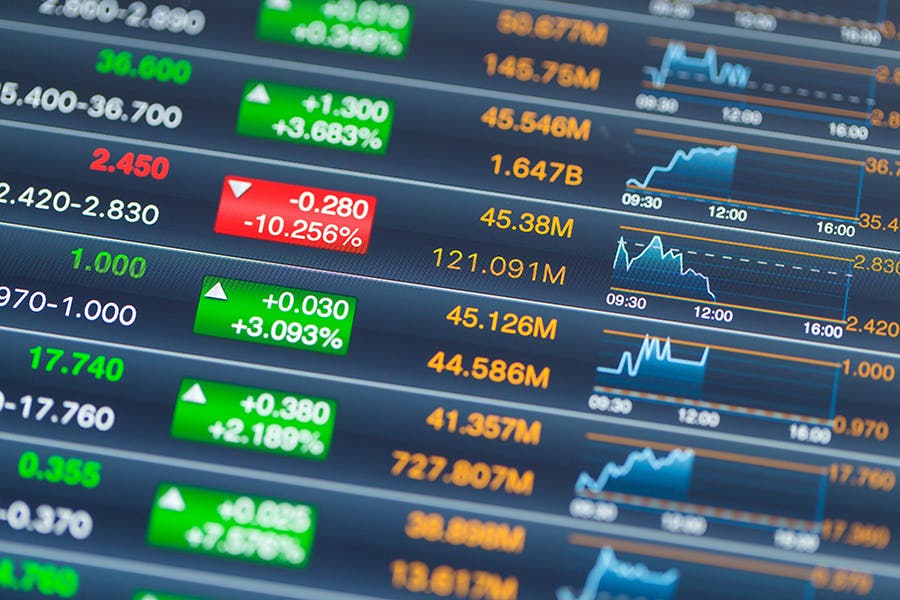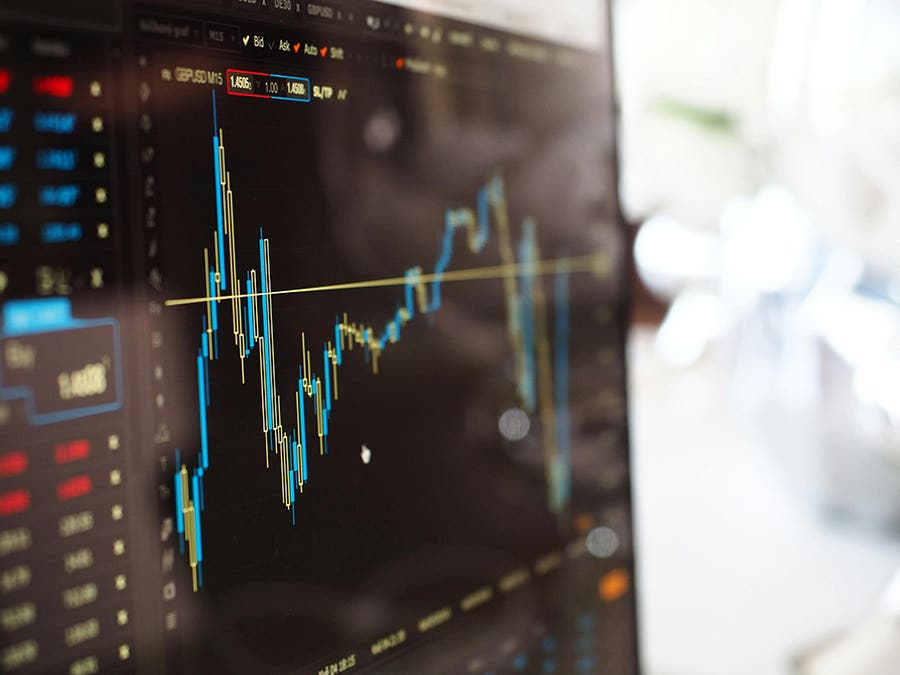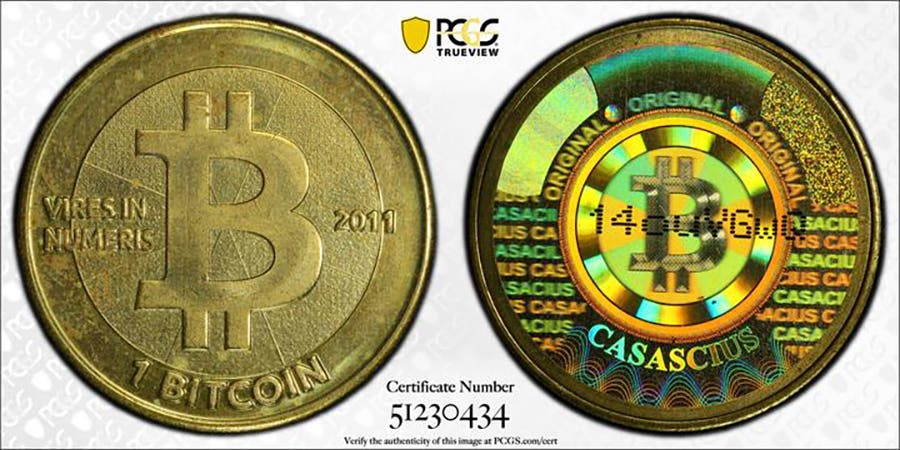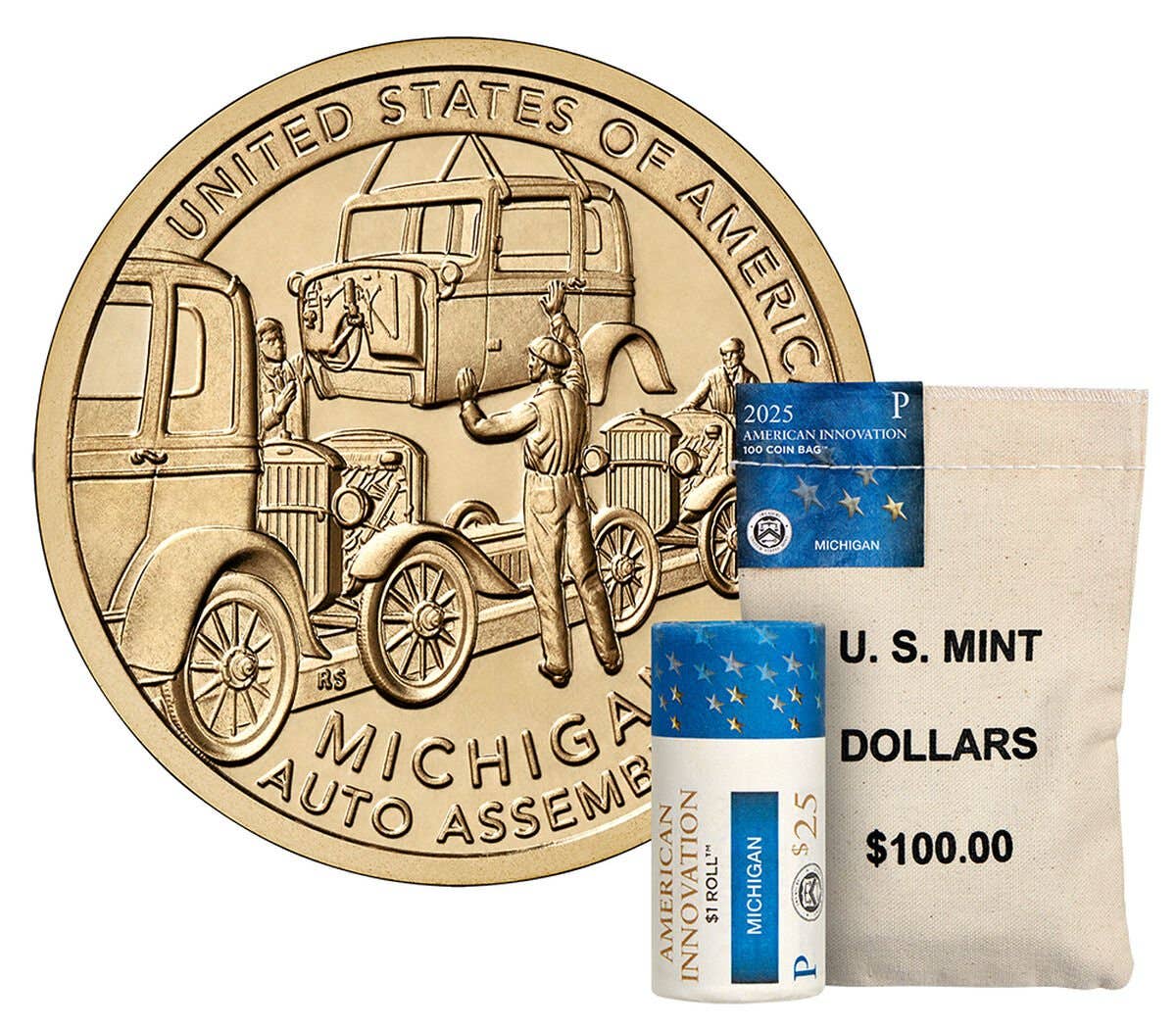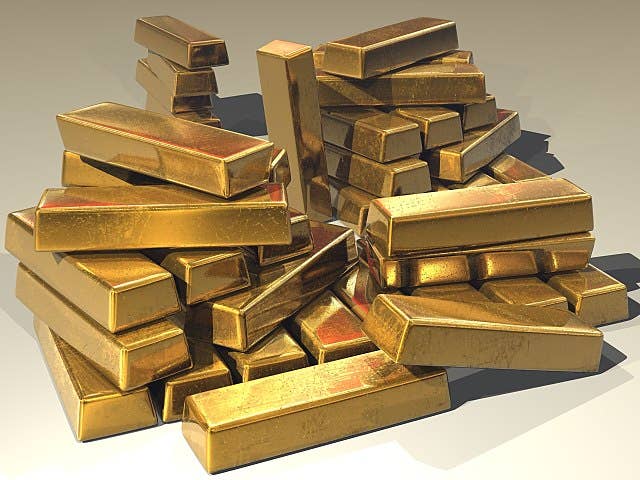Platinum Coins Surge, Industry Needs Lag
By Richard Giedroyc Platinum may not be as flashy as silver, but nonetheless it is “the other white metal.” The spot price of the once-glamorous metal can politely be termed…
By Richard Giedroyc
Platinum may not be as flashy as silver, but nonetheless it is “the other white metal.” The spot price of the once-glamorous metal can politely be termed “soft” at the time this article is being written, but demand for platinum bullion coins is surprisingly high under the circumstances.
According to World Platinum Investment Council statistics, the automotive industry’s year-on-year demand for platinum has declined by 17 percent, while forecasting indicates another 14 percent decline by the end of 2020. The automotive industry, not coins, is the largest consumer of the white metal.
On May 19, WPIC Chief Executive Officer Paul Wilson was quoted by Mining.com as saying, “Reducing CO2 emissions remains a global imperative and automotive manufacturers in Europe have been preparing for this for several years. In 2020, we are likely to see increased platinum demand as automaker CO2 strategies include the wide range of diesel and diesel hybrid vehicles already on sale and which have higher platinum loadings. Palladium demand growth, unrelated to COVID-19, and its high price maintains the need for platinum to replace palladium in autocatalysts in the world’s two largest passenger car markets, China and North America.”
COVID-19 is responsible for platinum mines shutting down, reducing supply by what is projected to be 13 percent in South Africa, a major supplier. At the same time retail investors, especially those in the United States and Japan, have tripled their purchases to nearly 312,000 ounces, according to the WPIC. These purchases have gobbled up about 19 percent of all global demand.
Despite the renewed interest in platinum-composition coins, WPIC Director of Research Trevor Raymond said, “Platinum is lagging too far behind [the price of gold].”
Raymond continued, “There’s been a run on gold coins, silver coins, and platinum coins. In fact, on platinum coins, we saw much higher premiums being charged because of their unavailability.”
Coin collectors and investors have noticed. U.S. one-ounce platinum American Eagle sales for 2020 reached 56,500 ounces at the end of April, close to the record 56,707 ounces sold during the same time in 1999. The record for any year still stands at 133,002 ounces, this being during 1998.
South Africa launched its new Big Five animals program of one-ounce platinum coins in March. Prestige Bullion, the official distributor for the program, quickly reported a sellout of the 2,000 Elephant platinum coins. Additional coins depicting a lion, rhinoceros, leopard and buffalo are planned to be issued at six-month intervals.
Prestige Bullion Managing Director Richard Collocott said, “The platinum bullion coin has performed strongly with good levels of interest from customers, especially in the U.S. and Asia. The demand remains high and we expect to take orders once production resumes.”
On May 20, the Bloomberg news agency reported, “Prestige Bullion, jointly owned by the South African Reserve Bank and Rand Refinery, is targeting a 20 percent share of the 100,000-ounce global market for platinum coins.”
The United States and South Africa are not the only platinum coin issuing countries. According to the May 19 issue of Mining Weekly, “Platinum coins that have been the most popular over the years have been the Canadian Maple Leaf and also the Austrian Philharmonic. The mature Japanese bar and coin markets begin buying when they see the price go down below 4000 Japanese yen per gram, and it has been almost half that recently, which has resulted in the buying surge in Japan.”
The Mining Weekly report continues, “The [British] Royal Mint, which until recently had never minted platinum bullion coins in its long history, now mint the ‘Queen’s Beasts Lion of England’ one-ounce platinum coins and fractional coins, selling 35,000 ounces of them into mainly the U.S. market.”
Platinum coins no longer sell at the spot price of the metal. Consumers can anticipate additional fees being added to this price due to minting, distribution, and marketing costs as well as due to what appears to be the current supply versus robust demand by investors as well as collectors.




